*This article was created in collaboration with The North West Company. As always, all thoughts and opinions are my own.
**Every remote community in Canada is unique and offers different amenities and services. This article is in reference to three specific communities I visited with The North West Company. These communities are all based on Island Lake in northeastern Manitoba. (For more information on careers with the North West Company, click here.)
Spoiler alert: I had an incredible week getting to know the locals and communities in the remote First Nations communities of St. Theresa Point, Garden Hill and Wasagamack.
I attended barbeques, visited waterfalls, checked out a local fishing lodge, watched a fishing derby and ate as much fresh northern pike as I could. But most importantly, I learned several wonderful things about remote communities in Canada.
1. There is Tim Hortons
This is Canada after all! Just because it’s northern Canada or a remote community only accessible by plane and ice roads doesn’t mean these towns lack all the amenities of the south. The Northern Stores in the communities of St. Theresa’s Point and Garden Hill have self-serve and full-serve Tim Horton’s, respectively. And not only do they have a Timmy’s, but Garden Hill also has a KFC and both stores offer a variety of ready-made meals to eat-in or take-out.
I promise, a double-double never tasted so good!
2. People from the southern region of Canada are called Southerners
If you’re one of the 75% of Canadians that live within a couple hundred kilometres of the American border, people from the north consider you a “Southerner.”
3. The fishing is world-class
Canada is well-known for its trophy-size fish. Island Lake and the surrounding area is no exception – the fishing is world class. At more than 1200-square-kilometres, it’s the sixth largest lake in Manitoba. Perch, lake trout and Canada’s “King of the North,” the northern pike, can all be caught in these waters. There’s even fishing lodge Fairy Rock Wilderness Camp nearby which is accessible by float-plane from St. Mary Island near St. Theresa Point. And in the winter months? Ice fishing, of course!
4. The pace of life is different
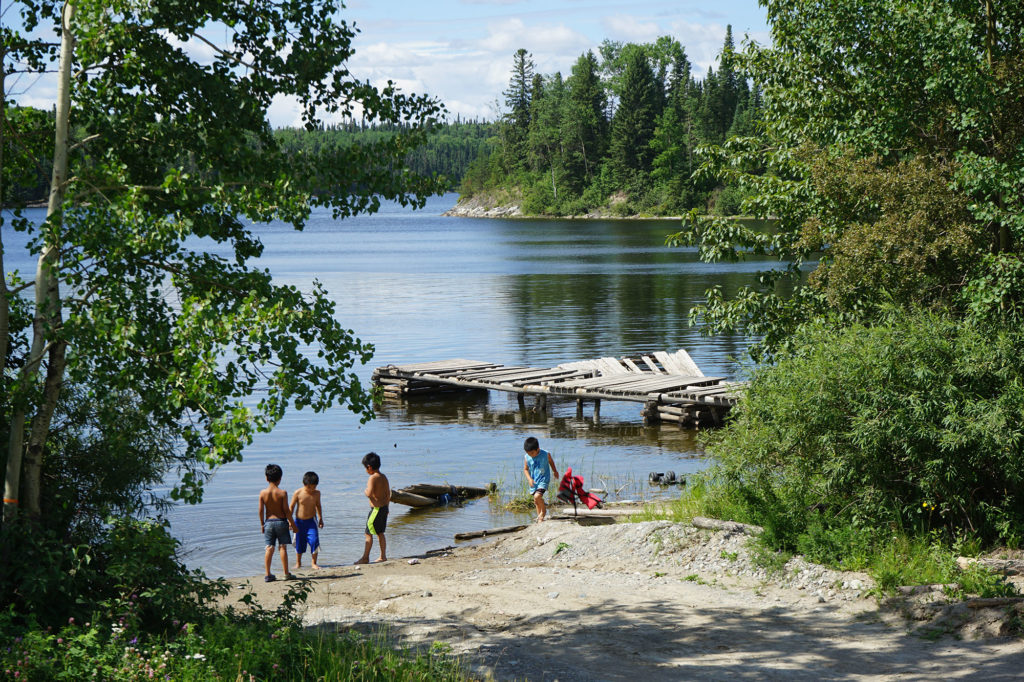
There’s no five-o-clock traffic jam here. In fact, there aren’t even stop lights. Things are much more relaxed and happen on their own time in these communities because everyone is focused on family life and taking care of one another.
5. Transportation is unique
Many people own a vehicle – just like in the south. However, locals in remote communities also often own a boat and a snowmobile. (They’re necessary modes of transportation depending on the geography and topography of the region.) Employees who have relocated from the south to work at The Northern Store’s in Garden Hill and St. Theresa Point boat or snowmobile across from the islands they live on to get to work. (During the freeze-up and break-up of the ice on the lake in spring and fall, people are transported safely across the lake by helicopter). Cargo is also flown in and then shipped on a barge from the airport across to each First Nations community. Transportation in these areas is perfectly adapted to the environment – which means people don’t always rely on automobiles to get around.
5. Locals are very entrepreneurial
From creating handmade roses out of upcycled scrap metal to selling NDN tacos (two slices of bannock with the fixings of a taco between them) locals are innovative when it comes to building economic ventures in their communities.
7. There is internet access
These communities may be remote, but they’re still connected digitally to the rest of the world. Cell service was strong throughout each town. Internet was fast enough I was able to upload photos and videos when working in the evening. Although not every community has the same level of connectivity, there is some modern form of communication locals can rely on.

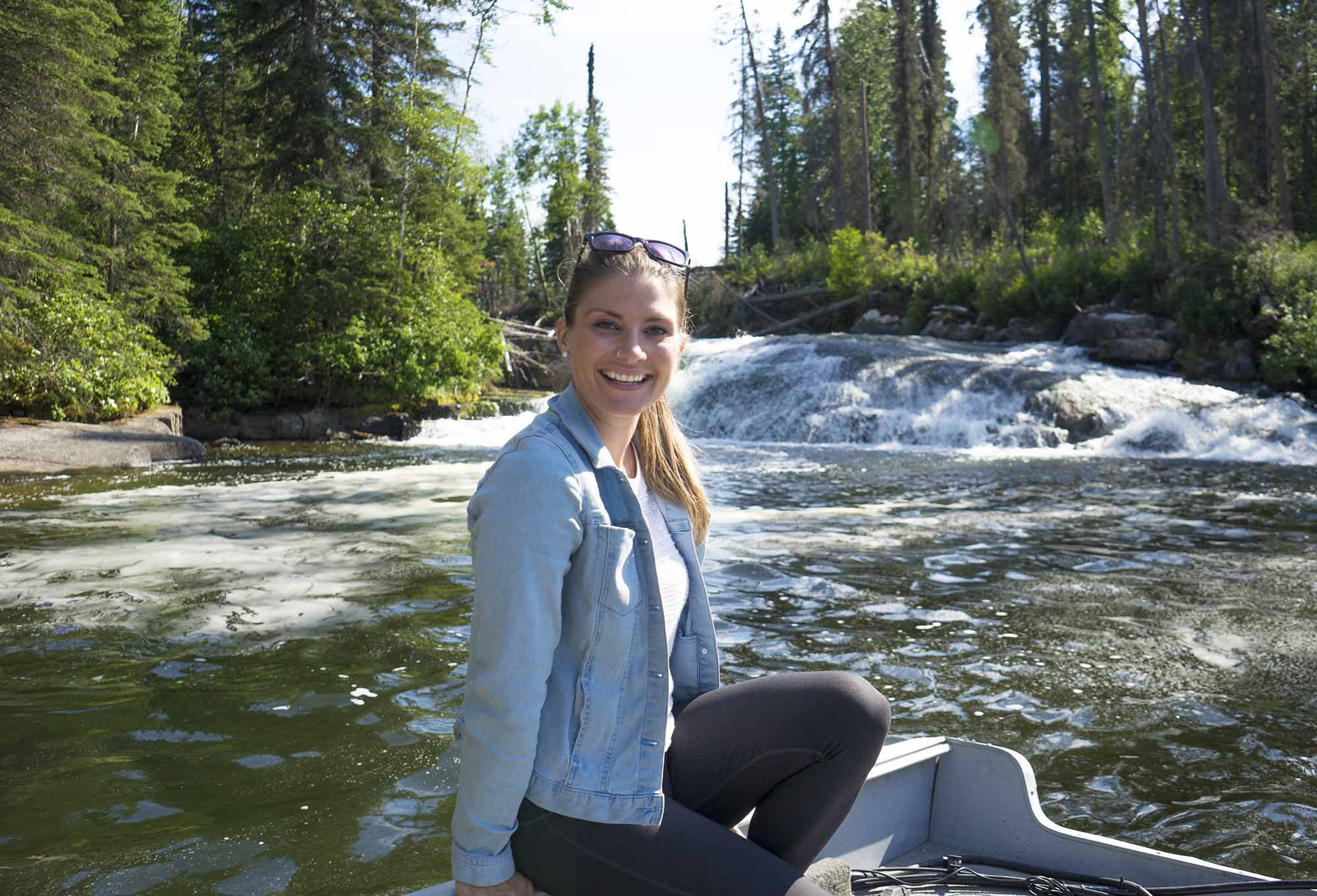

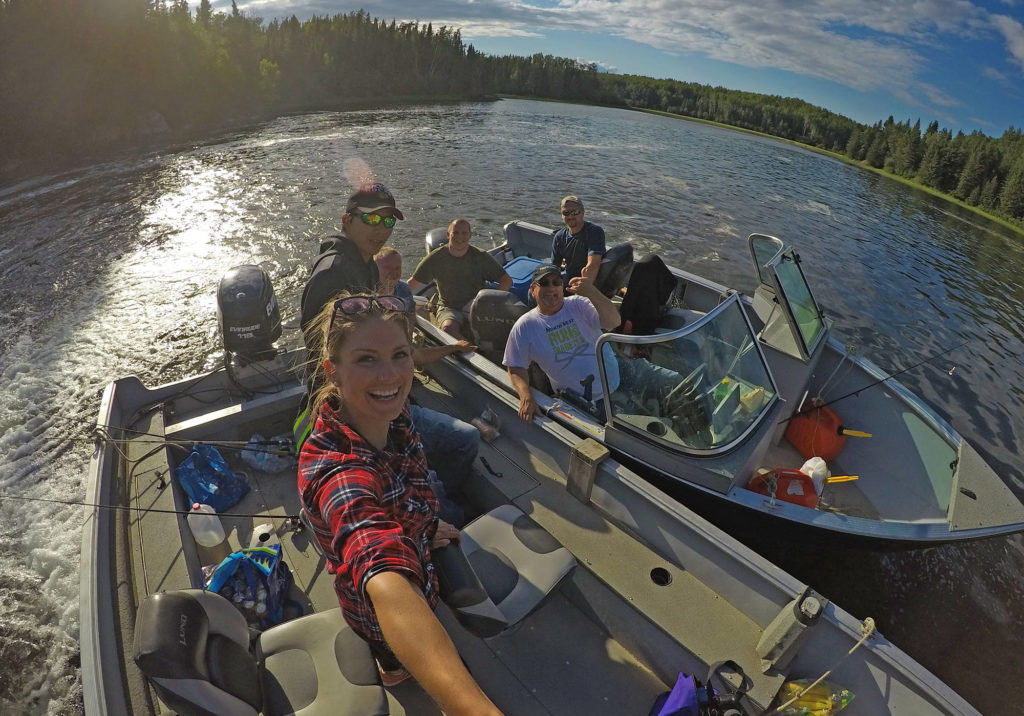
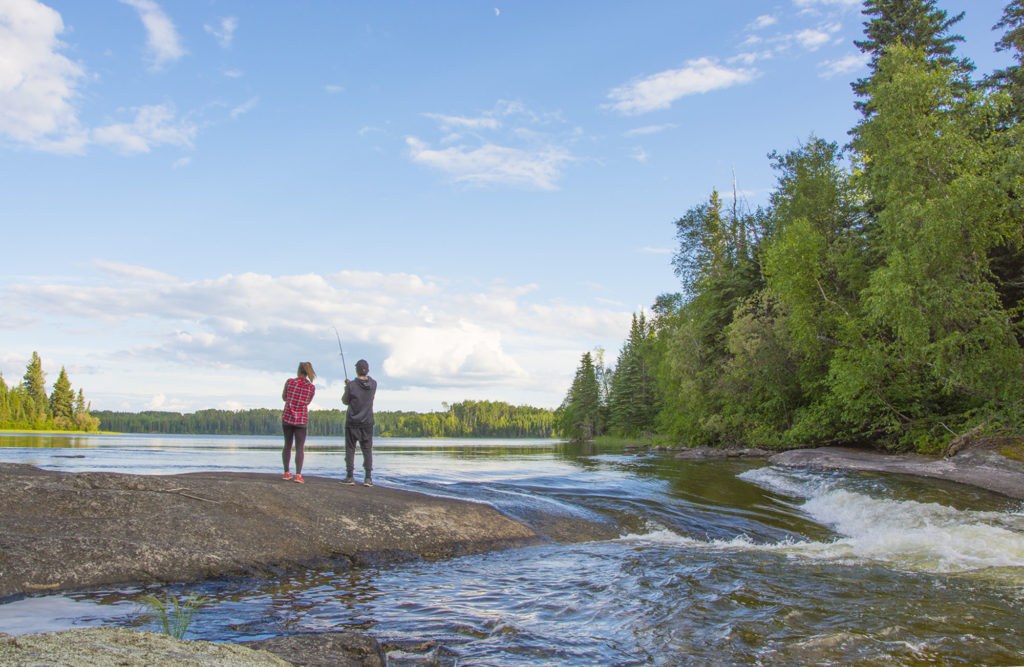
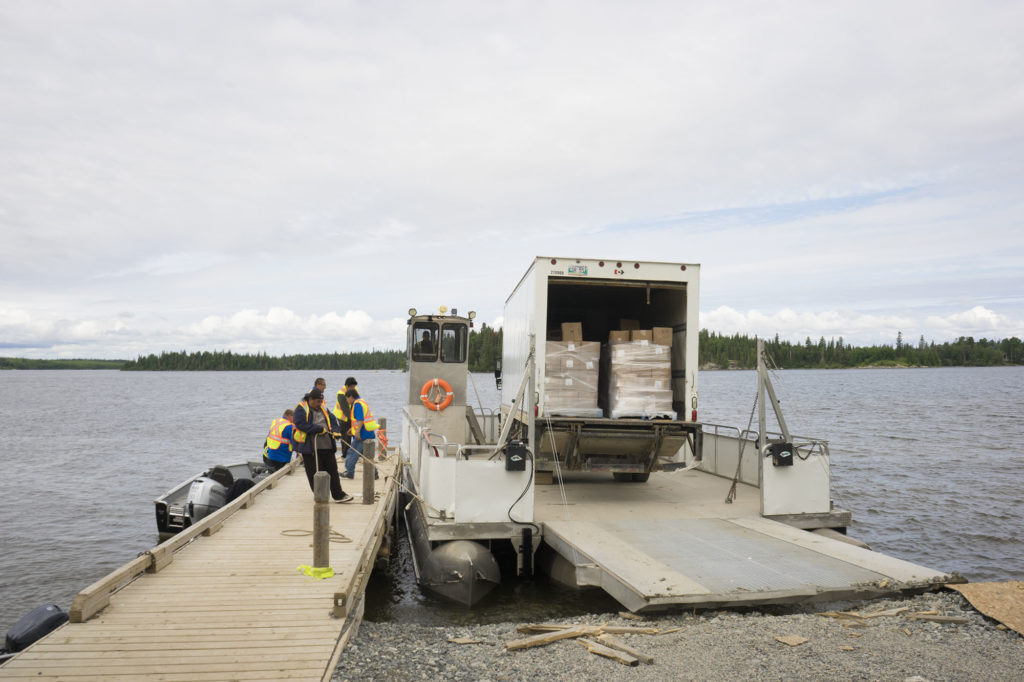
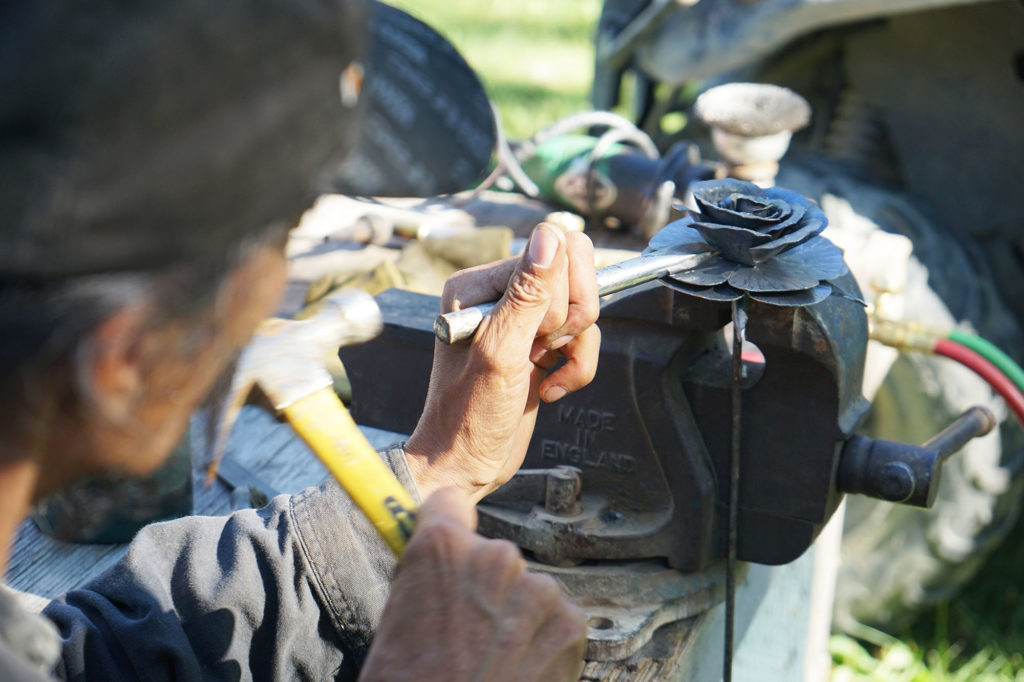
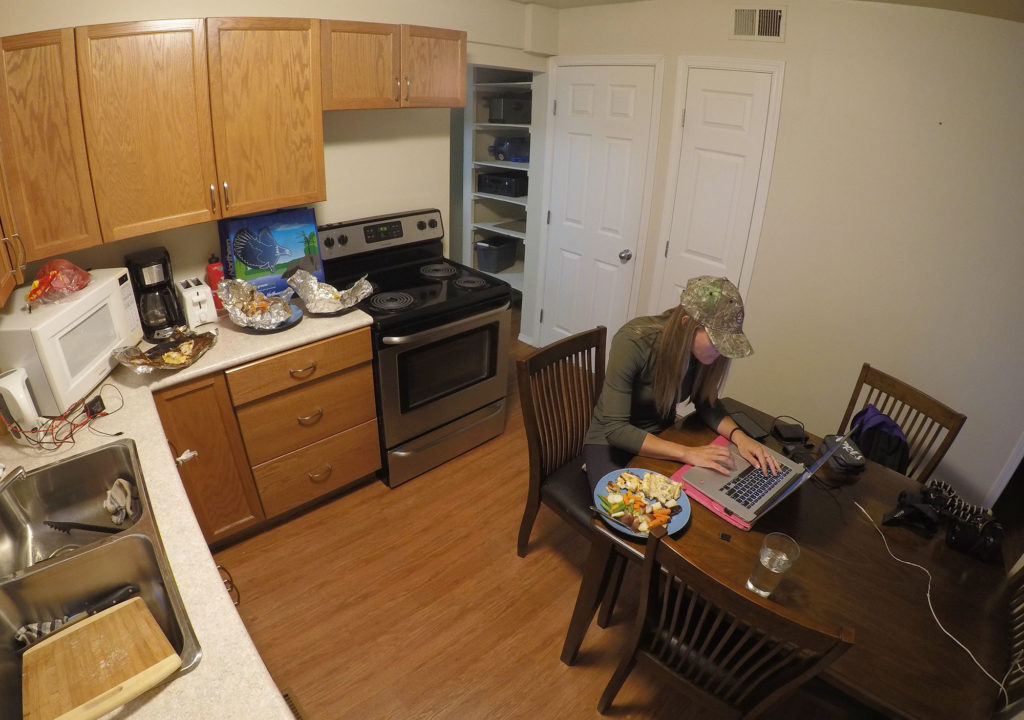

Love it Ashlyn. I’ve never been to Canada yet but have always wanted to. Been very far north in the US, so much so that I wonder why people want to be so cold all the time 🙂 Just kidding – I do remember a trip to northern Wisconsin in June several years back and it was still 30 degrees F each morning and only got to about 50 degrees F. This post makes me want to visit, especially for the fishing. Thanks for bringing us closer to Canada.
Oooh and the fishing we have up here is so good Jai! In summer and wintertime! Such different but equally awesome experiences to have in Canada. If you ever visit and need tips (particularly Western Canada or Saskatchewan) don’t hesitate to shoot me a message. I’d love to give you a few fun ideas!
Awesome – thank you for that. Always enjoy your posts and pictures.